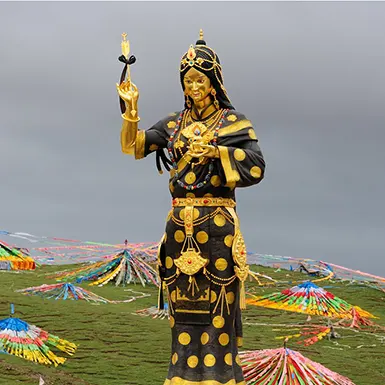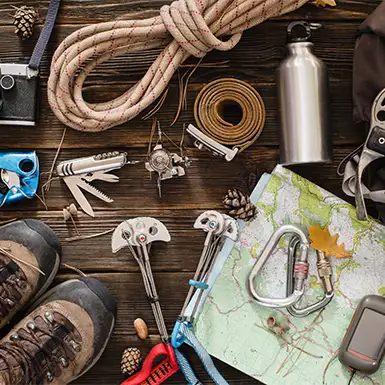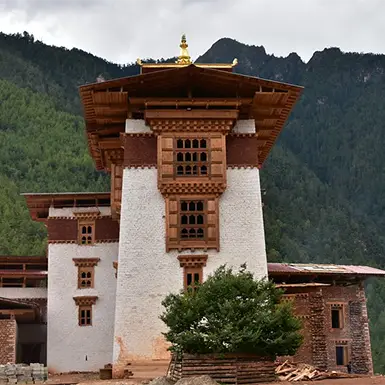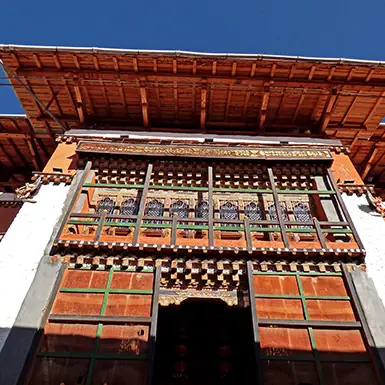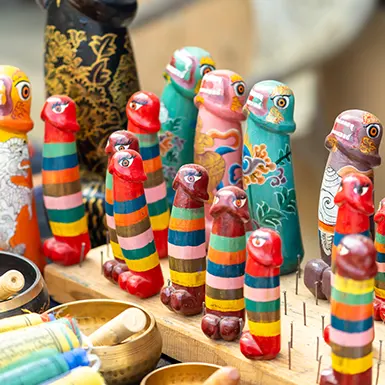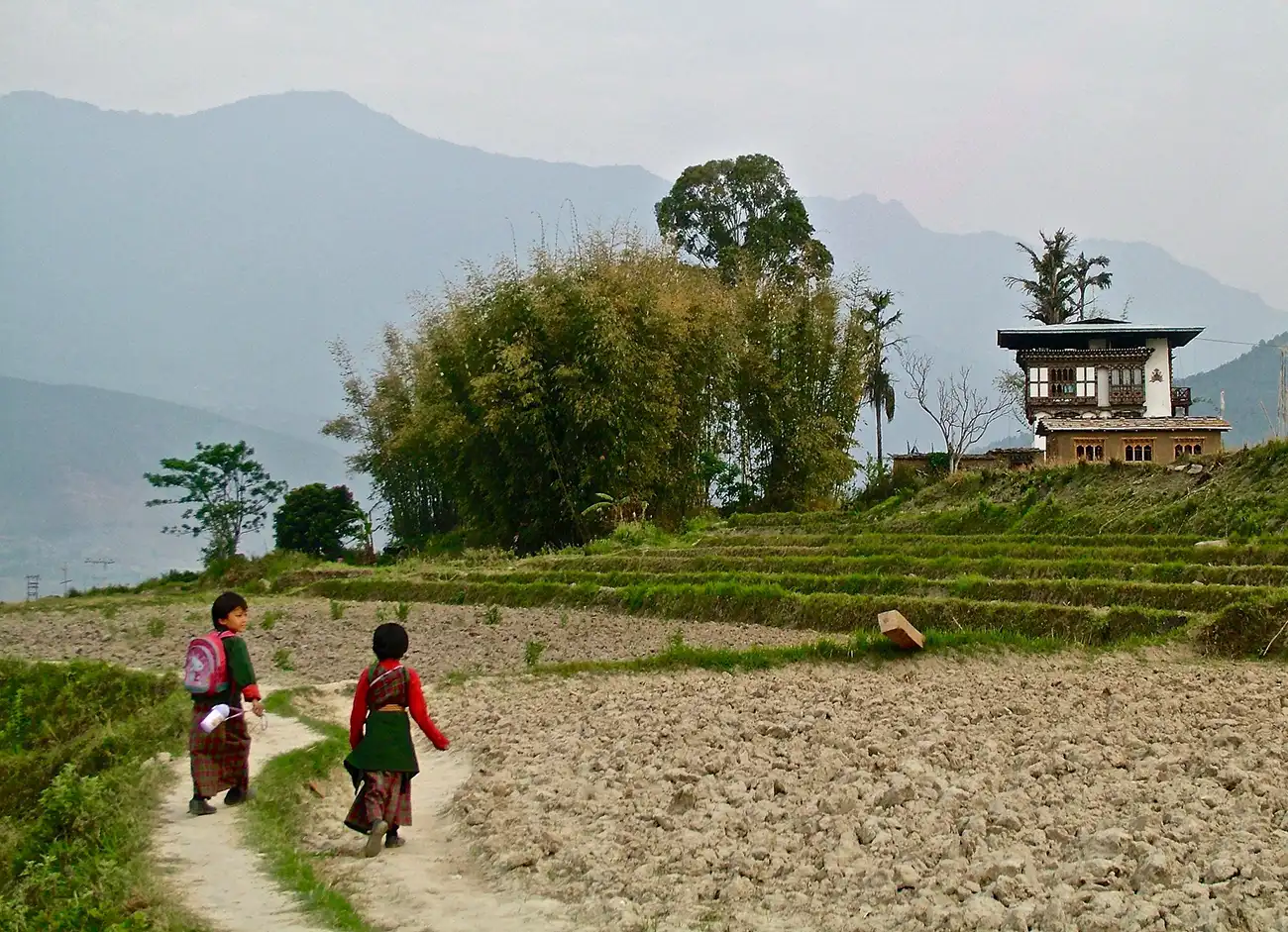A Historical Tapestry of Varied Interpretations
Princess Wencheng’s legacy, woven into the fabric of Tibetan history, continues to captivate historians and cultural enthusiasts alike. While her contributions to Tibet remain undeniable, varying interpretations of her role and actions reveal the nuanced complexities of this remarkable historical figure.
Exploring Different Perspectives: A Legacy of Many Facets
Wencheng’s story, like many historical narratives, is open to controversy and differing perspectives.
- Heroine or Political Pawn: Some celebrate Wencheng as a courageous heroine who bravely ventured into a foreign land, bringing knowledge and progress to Tibet. Others see her as a pawn in a grand political game, and her marriage was a strategic tool to secure peace between the Tang Dynasty and the Tibetan Empire.
- Cultural Assimilation or Preservation: Historians debate whether Princess Wencheng actively promoted the assimilation of Tibetan culture into the Tang Dynasty or if she respected and preserved Tibetan traditions while introducing new ideas and technologies. Conflicting evidence in historical sources fuels these differing interpretations.
- Motivated by Faith: Wencheng’s devotion to Buddhism is well documented, but the extent to which her religious beliefs influenced her actions in Tibet remains a subject of ongoing discussion. Some historians emphasize her role as a devout Buddhist missionary, while others view her religious efforts as intertwined with her diplomatic mission.
A Balanced Approach: Examining the Evidence
Though sometimes fragmented and open to interpretation, historical records provide valuable insights into Princess Wencheng’s life and legacy. A balanced perspective acknowledges the complexity of her role and actions:
- A Diplomatic Marriage: Wencheng’s marriage to Songtsen Gampo was a crucial diplomatic tool. Still, it also marked a personal trip for a young woman thrust into a new culture.
- A Catalyst for Cultural Exchange: Wencheng brought a wealth of knowledge and skills from the Tang Dynasty. However, she also showed a willingness to learn from and respect Tibetan customs and traditions, fostering a genuine cultural exchange that enriched both societies.
- A Spiritual Advocate: Wencheng’s unwavering Faith in Buddhism undoubtedly influenced her actions in Tibet. However, her religious efforts extended beyond mere proselytizing. She sought to share a philosophy that she believed could bring peace and harmony to the region.

Her Radiance Continues to Illuminate Tibet
Princess Wencheng’s tour from the Tang court to Tibet surpassed mere marital alliance; she became a beacon of unity, cultural exchange, and enlightenment. Through her unwavering spirit, she transformed a diplomatic mission into a legacy that continues to shape Tibetan life. Her impact speaks volumes about her strength, resilience, and intercultural connections’ transformative power.
Reflecting on Princess Wencheng’s Contributions
- Diplomatic Triumph: Wencheng’s marriage to King Songtsen Gampo secured a lasting peace between the Tang Dynasty and the Tibetan Empire, ushering in an era of prosperity and cooperation. This alliance paved the way for centuries of peaceful relations and fruitful cultural exchange between these great powers.
- Cultural Catalyst: Wencheng introduced new agricultural practices, artistic techniques, medical knowledge, and Buddhist teachings, revolutionizing Tibetan society. Her contributions touched every facet of life, from the fields to the temples, leaving an enduring mark on the Tibetan cultural landscape.
- Spiritual Guide: Wencheng’s unwavering devotion to Buddhism sparked its widespread adoption in Tibet, shaping the region’s spiritual identity and cultural expression. The Jokhang Temple, a monument to her steadfast faith, remains a sacred destination for Tibetan Buddhists.
- Architectural Patron: Wencheng oversaw the construction of iconic structures like the Jokhang Temple in Lhasa, leaving a permanent imprint on Tibet’s architectural heritage. Her influence is evident in the region’s unique fusion of Chinese and Tibetan architectural styles.
Princess Wencheng: A Continuing Source of Inspiration
Princess Wencheng’s story resonates with people across cultures and across time. Her courage, resilience, and unwavering belief in the power of cultural exchange continue to inspire generations. Her legacy is a reminder that even one person can make a profound and lasting impact on the world.
Discover the Rich Tapestry of Her Legacy
If Princess Wencheng’s story has sparked your curiosity, I invite you to dive deeper into this fascinating chapter of history:
- Visit Tibet: Experience the beauty of Tibetan culture firsthand. Explore the majestic Jokhang Temple, marvel at the intricate artwork adorning Buddhist monasteries, and witness the serenity of Tibetan Buddhist practices.
- Explore Historical Narratives: Delve into the historical records and scholarly works chronicling Wencheng’s life and times. Explore the diverse perspectives and interpretations of her role and impact on Tibetan society.
- Engage with Tibetan Culture: Learn more about Tibetan art, music, cuisine, and religious practices. Explore the rich tapestry of Tibetan culture, forever marked by Princess Wencheng’s enduring influence.
